Hamstring Recovery Course
Want To Protect Your
Athletes' Hamstrings?
Get Free Access To The Athletes Authority Robust Hamstring System Designed To Minimise The Risk Of Hamstring Injuries In The Gym Setting.
Our Team Has Been Trusted By:


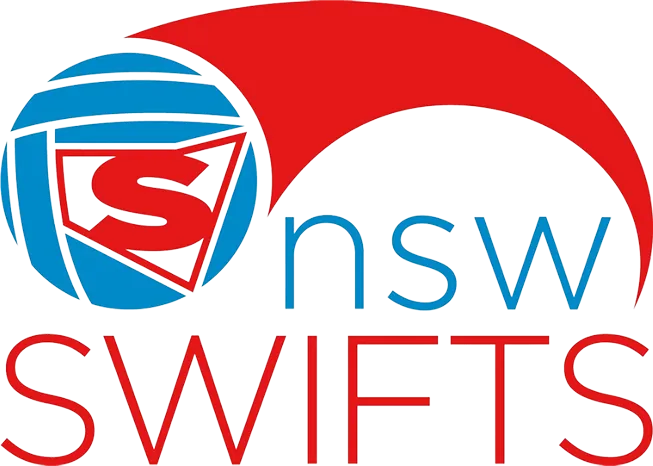
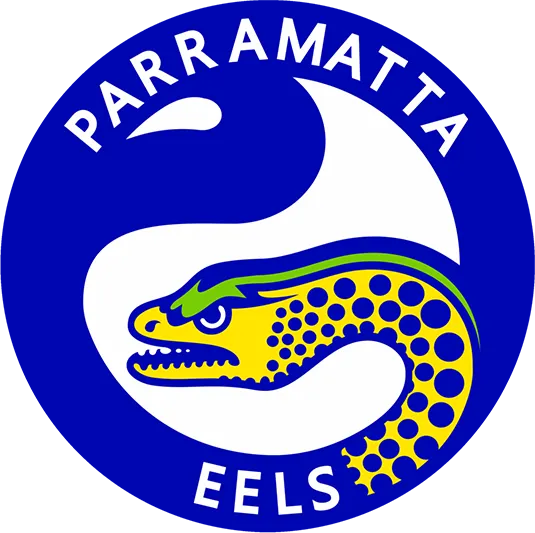

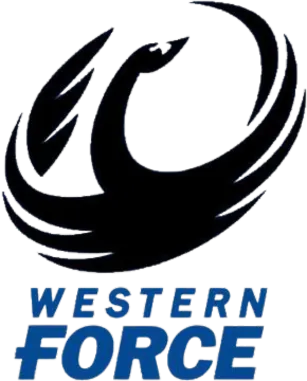
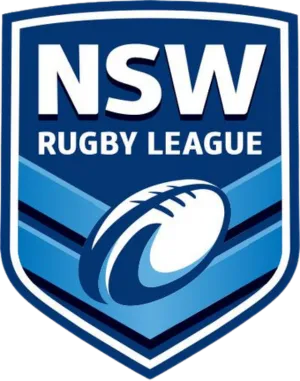







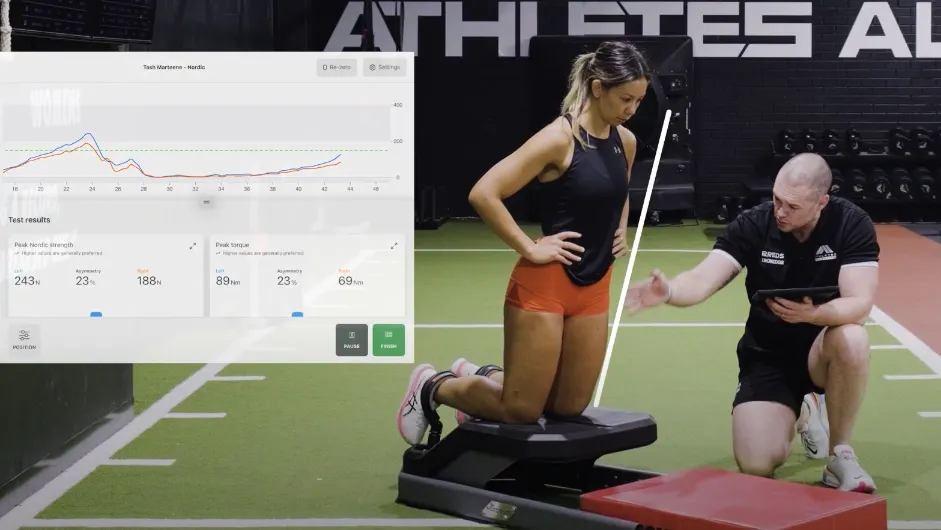
In This 90-Minute Video Course In Partnership With VALD Performance,
You’ll Discover:
Three different options to assess and retest using the Nordbord.
Common mistakes and errors from set-up to understanding data.
The three phase approach to Hamstring training - Distal, Proximal & Integrated and how to implement this seamlessly into your athletes training.
Over 20+ exercises demonstration to ensure you know exactly how to get the most out of each exercise.
How to use the Nordbord as a training tool to maximise it’s effectiveness in your program
our services
WHEN YOUR ATHLETICISM MATTERS TO YOU, OUR PROGRAMS HAVE YOU COVERED.
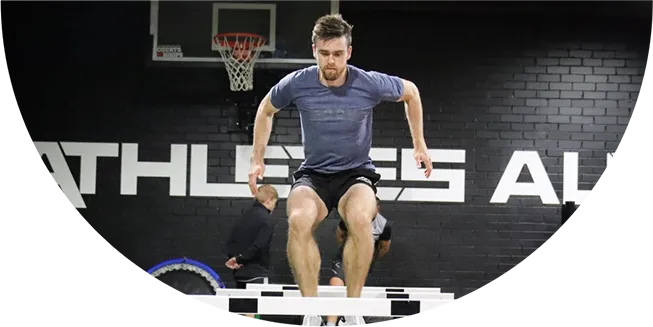
“For Athletes Who Are Hungry For A Competitive Edge”
Athlete Development Program
Improve Athleticism With A Strength & Conditioning Program That Guarantees Results (Or Your Money Back)
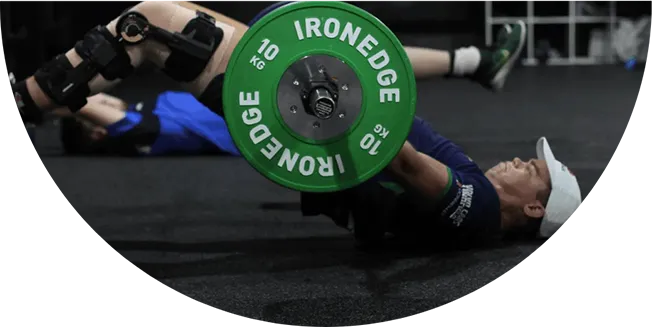
“For Athletes Who Want To Rehab Their Injury, For Good.”
Sports
Physio
Program
Return To Sport With Confidence And Get Back To Doing What You Love, Faster.

"For athletes seeking enhanced speed and agility in team sports."
Speed & Agility Training
Develop The Gift Of Speed And Get Noticed For Your Game-Changing Abilities On The Field Of Play

“For Sporting Parents Who Want To Set Up Their Kids For Success”
Emerging Athlete Program
Helping Sporting Parents Foster Their Kid's Potential & Set Them Up For Success.
Take a virtual tour of Our
strength & conditioning gym
WE BUILT A TRAINING & REHAB FACILITY THAT COULD BE AN ATHLETES’ HOME AWAY FROM HOME. WATCH THE VIDEO TO SEE FOR YOURSELF.
SYDNEY
melbourne
OUR PHILOSOPHY
While An Athlete's Goals May Change, The Pursuit Of Performance Never Ends.
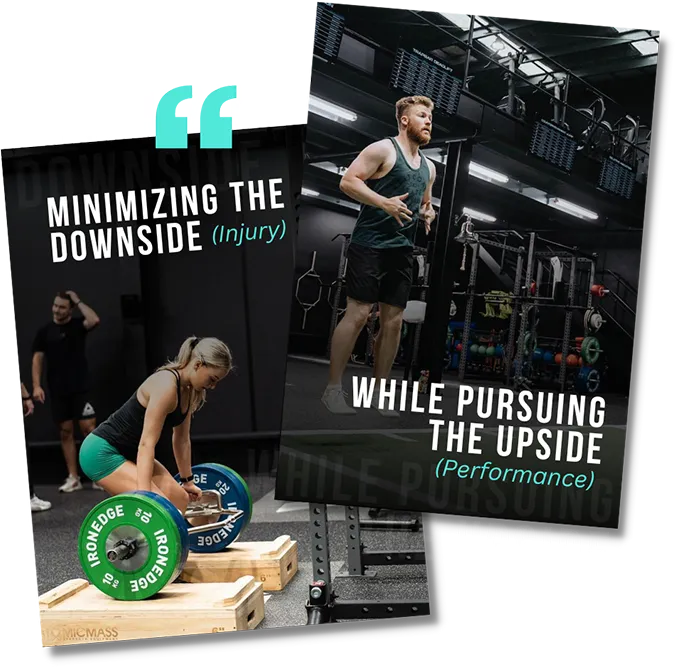
Athletes strive for two timeless objectives: raising their standards and winning. They constantly aim to surpass their previous achievements and believe in their ability to reach greater heights. Winning is an integral part of their DNA; they are driven by the desire to succeed. To attain such success, they must create a personalized GamePlan.
Our training system is built on the philosophy of "Minimizing the Downside (Injury) While Pursuing the Upside (Performance)." It empowers athletes at all stages to enhance their performance. Whether you're an amateur or an Olympian, our comprehensive approach combines in-person coaching with virtual and mobile support. Develop a resilient body and mindset for success with our expert guidance. Achieve more with our performance and rehabilitation programs.
350+
ATHLETES WHO TURNED PRO
450+
PRO ATHLETES COACHED
500+
5-STAR GOOGLE REVIEWS
IN THE NEWS
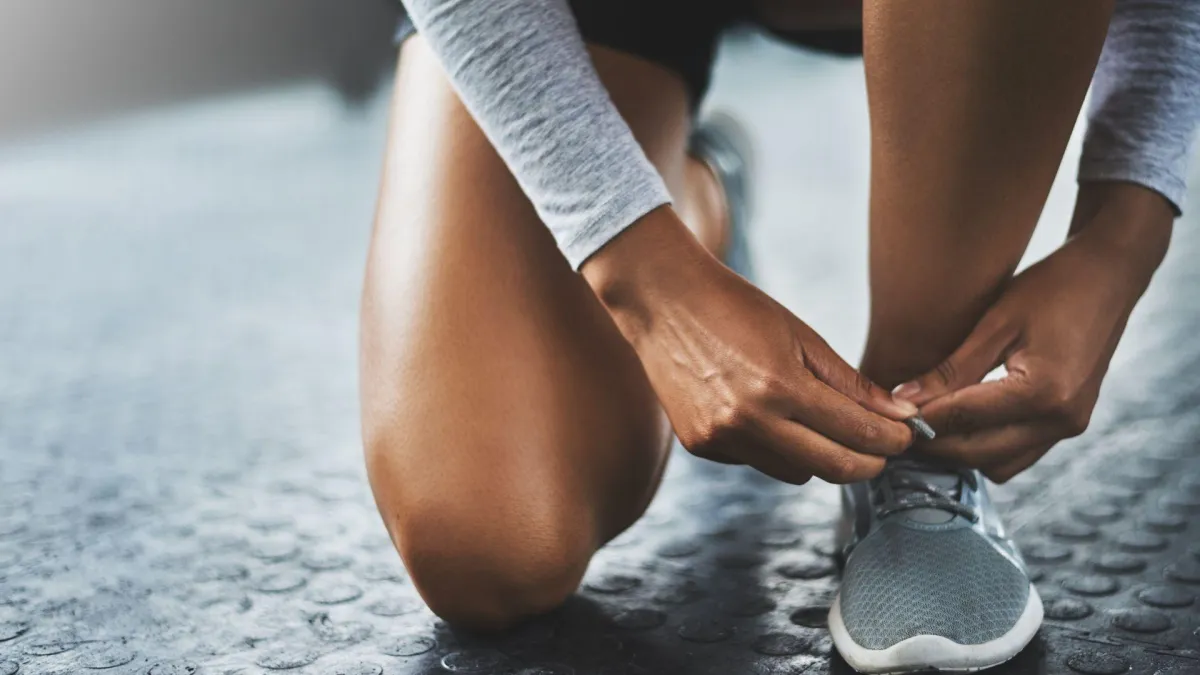
What Are My Options After Rupturing My ACL?
What Are My Options After Rupturing My ACL?
Tearing your ACL is a game-changing injury, and the decisions you make in the weeks following will shape your recovery. Should you get surgery? Can you rehab without it? What about the Tom Cross Bracing Protocol—can it help you avoid surgery?
The truth is, not every ACL rupture requires surgery, but making the right choice depends on your sport, goals, and the severity of your injury. In this guide, we break down your treatment options, the role of the Tom Cross Bracing Protocol, and how to get back to performance safely.
Can You Avoid ACL Surgery?
One of the biggest misconceptions about ACL injuries is that surgery is the only option. In reality, some athletes and active individuals can return to sport without ACL reconstruction by strengthening the surrounding muscles and improving neuromuscular control.
This approach, known as non-operative ACL rehab, is best suited for individuals who don’t experience knee instability in daily activities and don’t compete in sports that involve rapid changes of direction, cutting, or contact. Cyclists, swimmers, and even some runners have successfully rehabbed ACL tears without surgery.
Instead of relying on the ACL itself, non-operative rehab focuses on strengthening the hamstrings, quadriceps, and glutes to compensate for ligament loss. Balance training and neuromuscular drills play a huge role in regaining control of the knee, helping athletes avoid excessive instability. Some athletes naturally develop coping strategies, adjusting their movement patterns to stabilize the knee without surgical intervention.
However, this route isn’t for everyone. Without the ACL providing passive knee stability, there is a higher risk of secondary injuries, such as meniscus or cartilage damage, particularly in sports that involve sudden stops, pivots, or jumps. For those who want to return to cutting sports like soccer, basketball, or netball, surgery is often the safer long-term option.
If you're unsure whether surgery is necessary, undergoing performance testing can provide clarity. At Athletes Authority, we assess knee stability, muscle strength, and movement control to determine if an athlete can return to sport without surgery.
ACL Reconstruction: The Standard Pathway for Athletes
For most athletes in high-demand sports, ACL reconstruction is the safest option to restore full knee stability and prevent future injuries. While it requires a lengthy rehab process, surgical reconstruction provides structural integrity that non-operative rehab cannot guarantee.
During surgery, the torn ACL is replaced with a graft, typically taken from the patellar tendon, hamstring tendon, or quadriceps tendon. Each graft type has its pros and cons. The patellar tendon graft is commonly used in elite athletes due to its strength and high success rate, but it can cause discomfort when kneeling. The hamstring graft is a popular alternative with less post-op pain, though it may take longer to regain full strength. A quadriceps tendon graft is another option, often chosen for revision surgeries or athletes with previous ACL repairs.
Regardless of the graft type, ACL surgery requires a structured rehab plan to rebuild strength, restore movement control, and gradually reintroduce sport-specific training. The first few months focus on reducing swelling, regaining range of motion, and activating key muscle groups. From there, the emphasis shifts to progressive strength training, landing mechanics, and agility work to prepare for a return to sport.
One of the biggest mistakes athletes make is assuming they’re ready to return based on time alone. Research shows that returning to play before meeting objective performance benchmarks significantly increases the risk of re-injury. At AthletesAuthority, we use force plate analysis, hop testing, and neuromuscular assessments to determine whether an athlete is truly prepared for the demands of their sport.
The Tom Cross Bracing Protocol: Can It Help You Avoid Surgery?
In recent years, the Tom Cross Bracing Protocol has gained attention as an alternative approach to ACL reconstruction, particularly for athletes looking to avoid surgery. Developed by renowned Australian sports doctor Dr. Tom Cross, this protocol focuses on allowing the ACL to heal naturally with the support of a specialized brace and a structured rehabilitation program.
Unlike traditional thinking, which assumes the ACL cannot heal on its own, recent research suggests that in certain cases, particularly proximal ACL ruptures (where the ligament tears near its attachment to the bone), the ACL can reconnect and regain function if stabilized early. The key to this approach is immediate immobilization in a knee brace, which holds the ACL in a position that encourages healing.
How the Tom Cross Bracing Protocol Works
The protocol involves strict bracing for the first 6-12 weeks post-injury, with a progressive return to movement while maintaining knee stability. The brace is worn full-time initially, including during sleep, to prevent excessive movement that could disrupt healing. Over time, controlled rehab exercises are introduced to strengthen the surrounding muscles, improve neuromuscular control, and gradually restore function.
This method is particularly appealing for young athletes, individuals who want to avoid surgery, or those who don’t play cutting or pivoting sports. It also offers a potential alternative for those who may not be able to undergo ACL reconstruction due to personal or medical reasons. However, not all ACL injuries are suitable for this approach, and accurate imaging (MRI) is required to determine whether the ACL tear meets the criteria for bracing.
Is the Tom Cross Bracing Protocol Right for You?
While promising, this protocol is not a guaranteed alternative to surgery for all athletes. The success rate depends on the type of ACL tear, adherence to the bracing period, and commitment to a structured rehab program. For high-performance athletes in sports that require cutting, pivoting, or sudden deceleration, traditional ACL reconstruction is still considered the gold standard for long-term knee stability.
If you’re considering the Tom Cross Bracing Protocol, it’s crucial to consult a sports doctor or physiotherapist who has experience with this approach. At Athletes Authority, we provide ACL rehab assessments and return-to-sport testing to help determine the best path for your recovery.
🚀 Want to know if you’re a candidate for the Tom Cross Bracing Protocol? Book a consultation today. Start here.
What’s the Best Choice for You?
Deciding between surgical and non-surgical ACL rehab isn’t a one-size-fits-all process. Your choice should be based on your sport, long-term goals, and knee stability. While some individuals can return to activity without surgery, most competitive athletes benefit from ACL reconstruction to ensure long-term joint health and performance.
Regardless of the path you choose, your rehab process is the most important factor in determining how well you recover. A structured approach—focusing on strength, neuromuscular control, and progressive loading—is essential to reducing re-injury risk and returning stronger than before.
If you’ve recently suffered an ACL tear and are unsure about your next steps, we can help. At Athletes Authority, we specialize in ACL rehab, performance testing, and return-to-sport programs, ensuring every athlete gets the best possible outcome.
🚀 Book a consultation today and take control of your recovery. Start here.
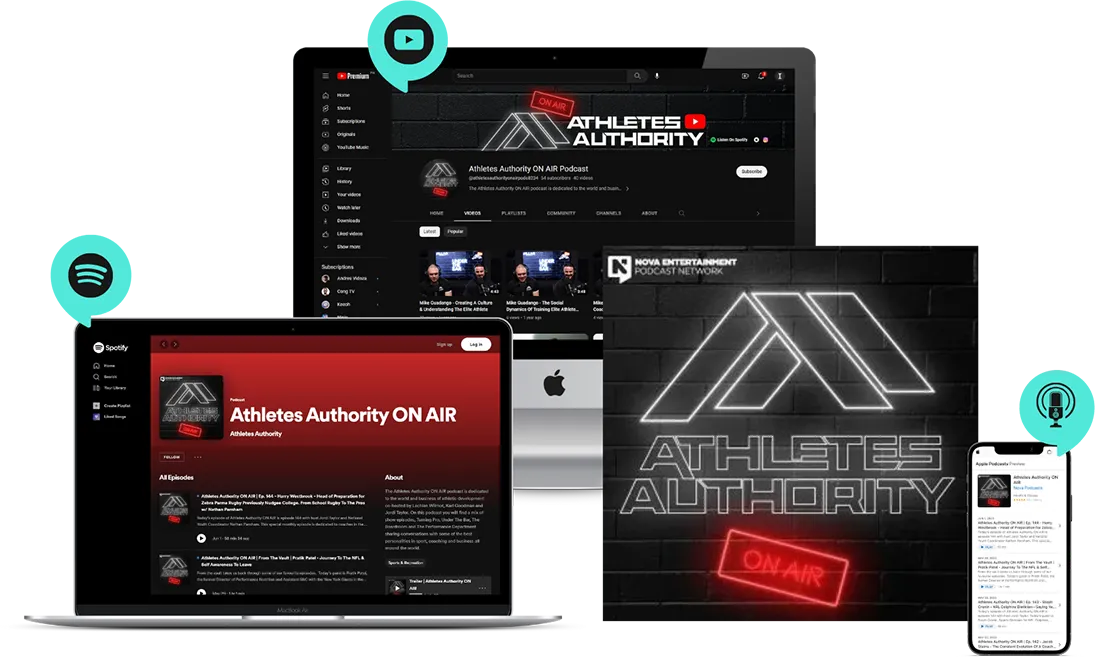
LISTEN TO THE PODCAST
Athletes authority on air
The Podcast that interviews the leaders in the Strength & Conditioning Community.
SYDNEY LOCATION
© 2023, Athletes Authority | All Rights Reserved
Website & Marketing Powered By Gymini
































